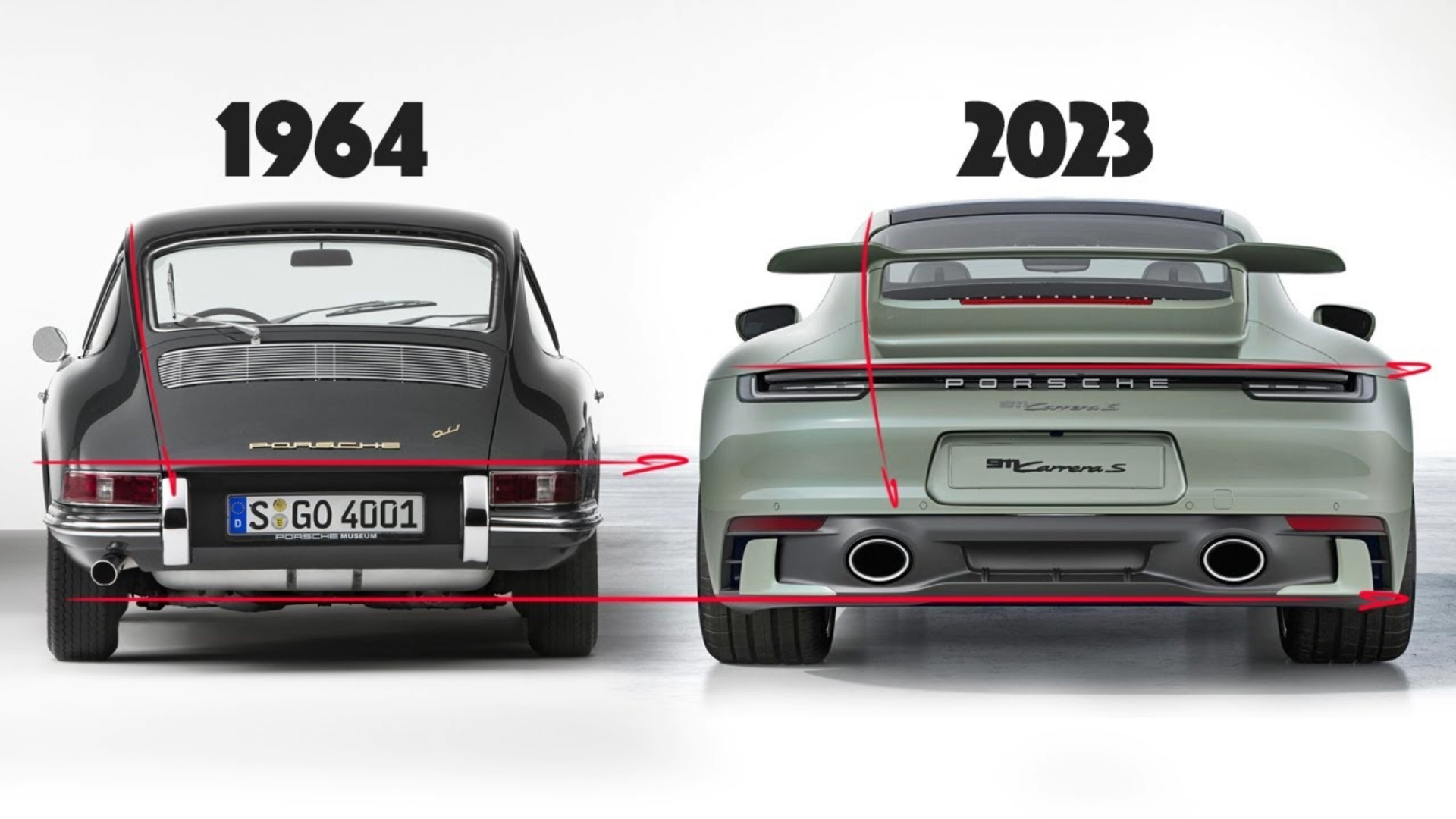Summary
- The Porsche 911 has grown significantly since its inception, transitioning from a compact sports car to a more spacious grand tourer
- Despite its increased size and weight, the 911 maintains its renowned driving dynamics thanks to advancements in technology and engineering
- While some enthusiasts prefer the smaller, more agile early models, others appreciate the added comfort, technology, and versatility of the larger modern 911s
- Porsche has successfully balanced tradition and innovation, ensuring that the 911 remains a thrilling and capable sports car despite its growth
- The debate over whether a larger 911 is better or worse continues, reflecting the car’s evolving nature and diverse fanbase
The Porsche 911 is an automotive icon that continues to define pure driving enjoyment. In 2023, the legendary 911 turned 60 years old, a benchmark that few could have predicted when the dust sheet was pulled back on a brand-new Porsche model at the Frankfurt International Motor Show back in 1963.
Throughout its eight model generations, the Porsche 911 has evolved in every conceivable way. Not only its performance numbers have grown but also its size. While it remains a relatively light and compact sports car, especially when compared with other high-performance vehicles, particularly all-electric ones, for some enthusiasts and even brand executives, the 911 has grown too big for its own good.
No Subscription? You’re missing out
Get immediate ad-free access to all our premium content.
Get Started



